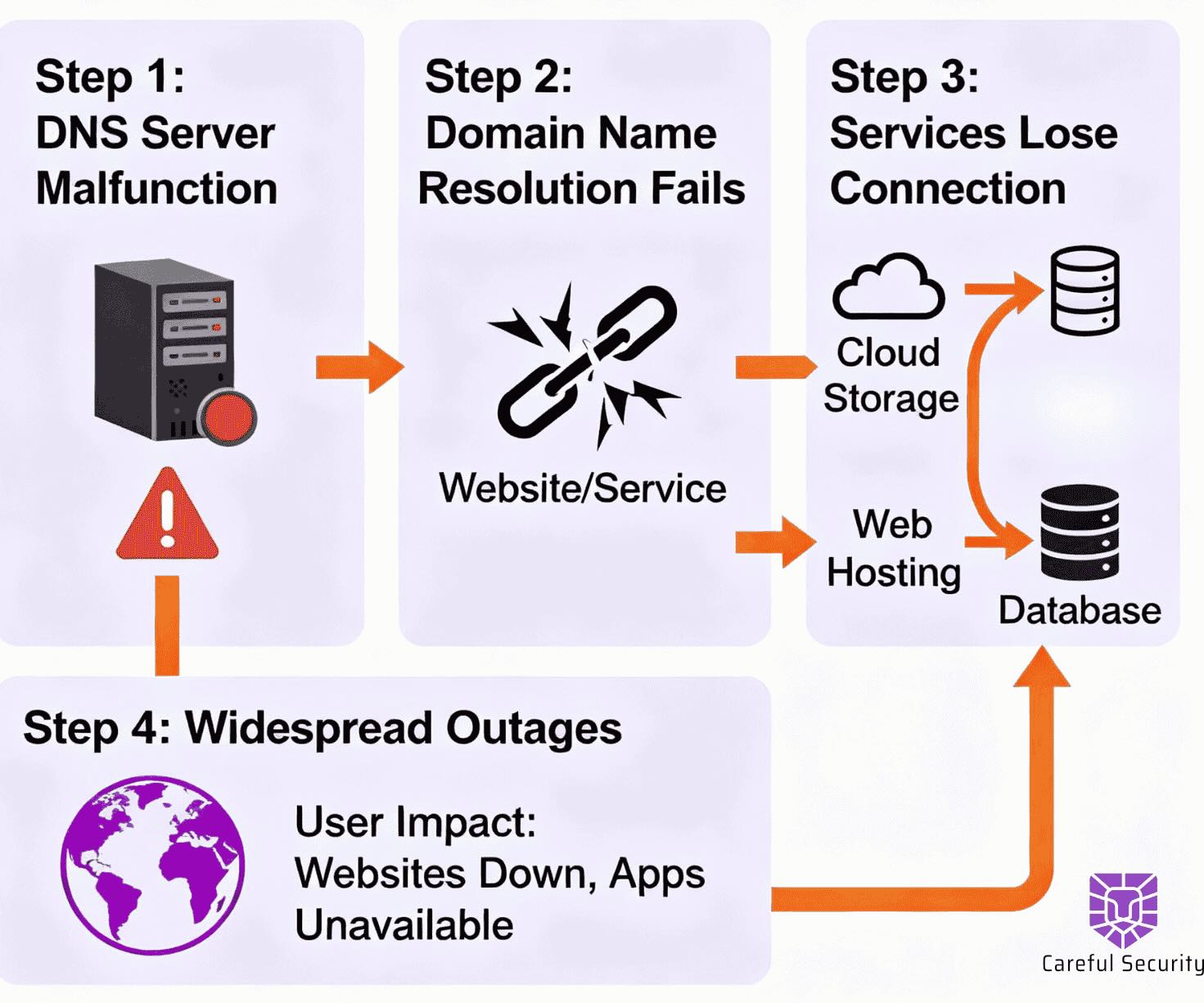When to Hire Your First Security Role

The startup reality
Early teams are shipping fast, touching regulated data, and closing enterprise deals. That combination drives questionnaire fatigue, customer trust requirements (SOC 2, pen tests), and real risk exposure. You don’t need a big-company SOC to get safer, but you do need one owner who wakes up thinking about risk.
Hire triggers
Bring on your first dedicated security leader when one or more of these are true:
- Regulated or sensitive data: PCI, PHI, SSN or ≥10k customer records.
- Enterprise motion: security questionnaires/SOC 2 are gating deals.
- Complex prod cloud: >50 cloud resources or >10 engineers committing code.
- Scale: ARR >$3–5M or >3 third-party integrations touching PII.
- Drag on the team: founders/eng spend >20% of time on security tasks.
Who to hire first
- Security Engineer (generalist) — Cloud/IaC hardening, authZ patterns, secrets, logging/telemetry.
- GRC/Trust Lead or fractional vCISO — Risk register, policies, vendor risk, SOC 2 readiness, customer trust center.
- DevSecOps/Platform Eng — CI/CD guardrails, SAST/DAST, container baseline, golden paths for developers.
Tip: If you sell to larger enterprises, a Trust/GRC first hire often clears revenue blockers fastest; if you’re a developer-first product, a Security Engineer may deliver the biggest risk reduction per sprint.
Build vs. buy
- Buy first: SSO/MFA, EDR/MDM, basic vuln mgmt and cloud posture tooling.
- Rent expertise: MSSP/MDR for 24×7 monitoring; time-boxed pen test/vCISO; SOC 2 prep.
- Build in-house: IAM model, logging pipeline, secrets mgmt, incident playbooks.
Compensation & market reality
The median U.S. InfoSec analyst makes $124,910 with a +29% growth outlook and competition is real. Be flexible on titles, consider fractional help early, and budget for strong candidates.
First 90 days: the playbook
- Weeks 1–2: Inventory systems/data, enforce SSO + MFA, fix admin sprawl, turn on logs, enable backups.
- Weeks 3–6: Harden cloud/IaC baselines; minimum audit trail; secrets rotation; patch critical vulns.
- Weeks 7–12: Create a risk register; write + test incident runbook; vendor review; SOC 2 roadmap.
Some final facts to think about
- $4.88M — average global cost of a data breach in 2024.
- 68% of breaches involve the human element (phishing, errors, credential misuse, etc.).
- 4.76M — the estimated global cybersecurity workforce gap (2024).
Final thought
Security at startups isn’t about building a five-tier SOC, it’s about owning risk early so it never becomes a growth limiter. The numbers are clear: breaches are costly, most involve people and process, and talent is scarce. A single accountable security owner, paired with smart buys and lightweight guardrails turns security from a sales blocker into a trust advantage that compounds as you scale.
Cybersecurity Leadership for Your Business
Get started with a free security assessment today.
.avif)
.avif)




.svg)
.svg)
.svg)